
TAGTIK NEWS - TO THE POINT
This is why, in 2025, autumn begins on September 22

The first day of autumn doesn't always fall on the same date; it can vary from year to year. This year, the leaf-peeping season will begin precisely this Monday, September 22nd at 8:19pm.
But why doesn't autumn arrive on September 21st this year?
Every year, the equinox marks the change of seasons: it's the precise moment when the length of the day is equal to that of the night, the instant when the sun is perfectly perpendicular to the equator.
Yaël Nazén, an astrophysicist at the FNRS (the French National Scientific Research Fund), explains: "Before the autumn equinox, the northern hemisphere benefits from more sunlight and has longer days. Afterward, it will be the opposite: the southern hemisphere will have long days and the northern hemisphere will have longer nights. It's truly the turning point."
Be careful not to think that the arrival of autumn always occurs on the 21st of the month.
“It takes 365 and a quarter days to complete one orbit around the sun. Obviously, our calendar has 365 days, and so there are slight discrepancies that we make up for with leap years. This means that we'll typically experience a one-day discrepancy over the years. So, from time to time, it will be on September 22nd. For the autumn equinox, from time to time, it will be on the 23rd,” the expert continues.
And while in Belgium, customs are not disrupted by the equinoxes, in other parts of the world, this is not the case. In Japan, the equinox is a sacred symbol, representing balance and perfect harmony between day and night. A phenomenon that is keenly celebrated in the Land of the Rising Sun and marks a public holiday on the calendar.
(MH with Raphaël Liset - Source : RTL - Illustration : ©Unsplash)
LATEST NEWS

Jafar Panahi Wins New York Award and is Sentenced to Prison by Iran
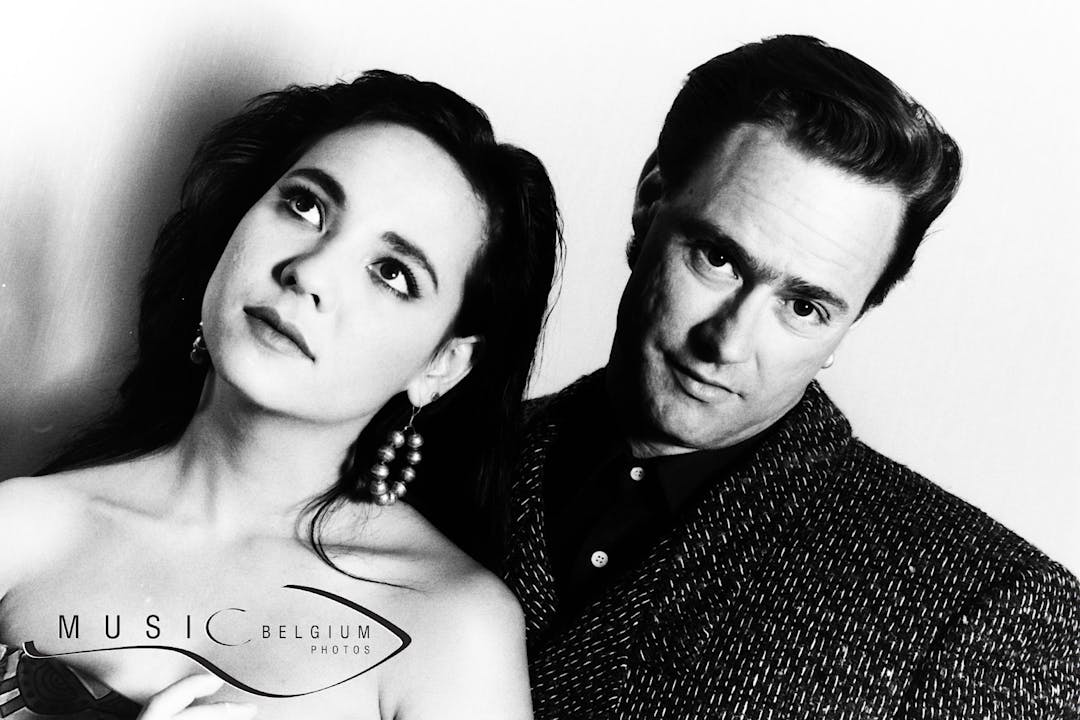
Born on December 2: Peter Kingsbery, founder of Cock Robin with firebrand Ana LaCazio
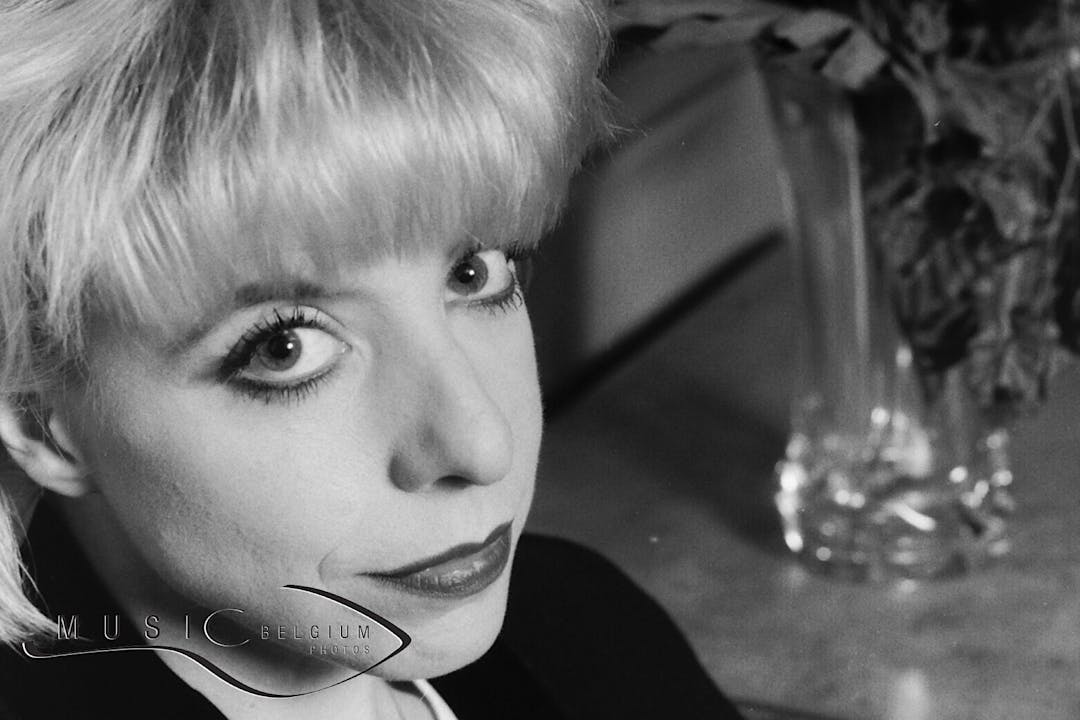
Born on December 1: Julee Cruise, "Twin Peaks'" haunting voice
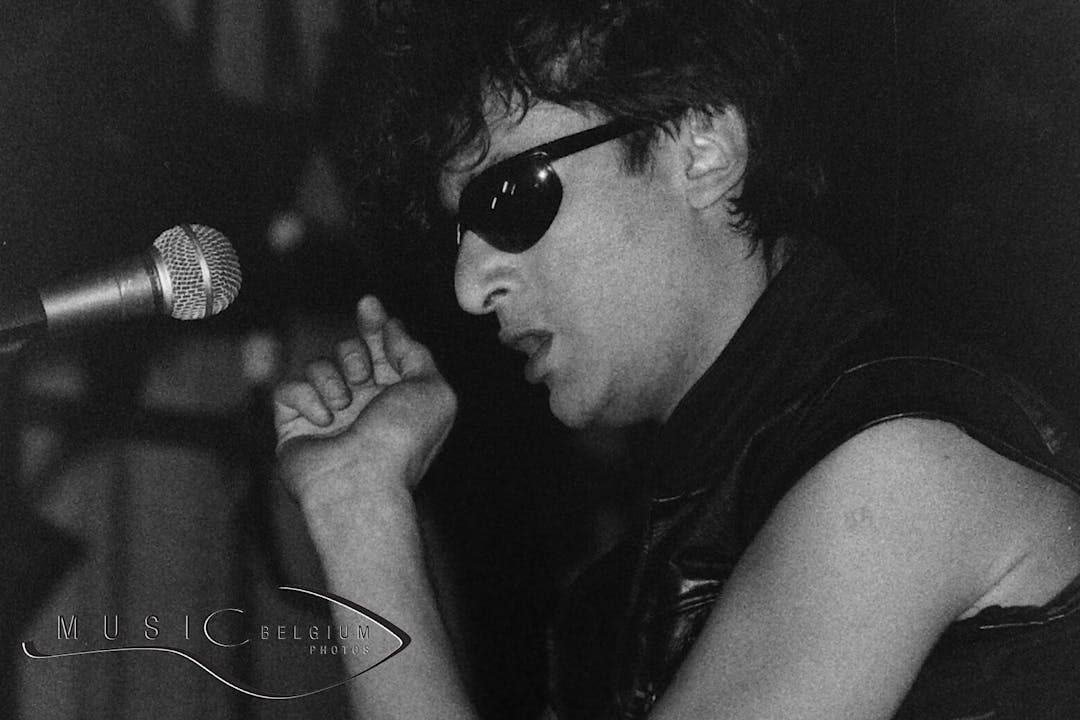
Born on December 1st: Alain Bashung, French rock poet who waited a long time for success
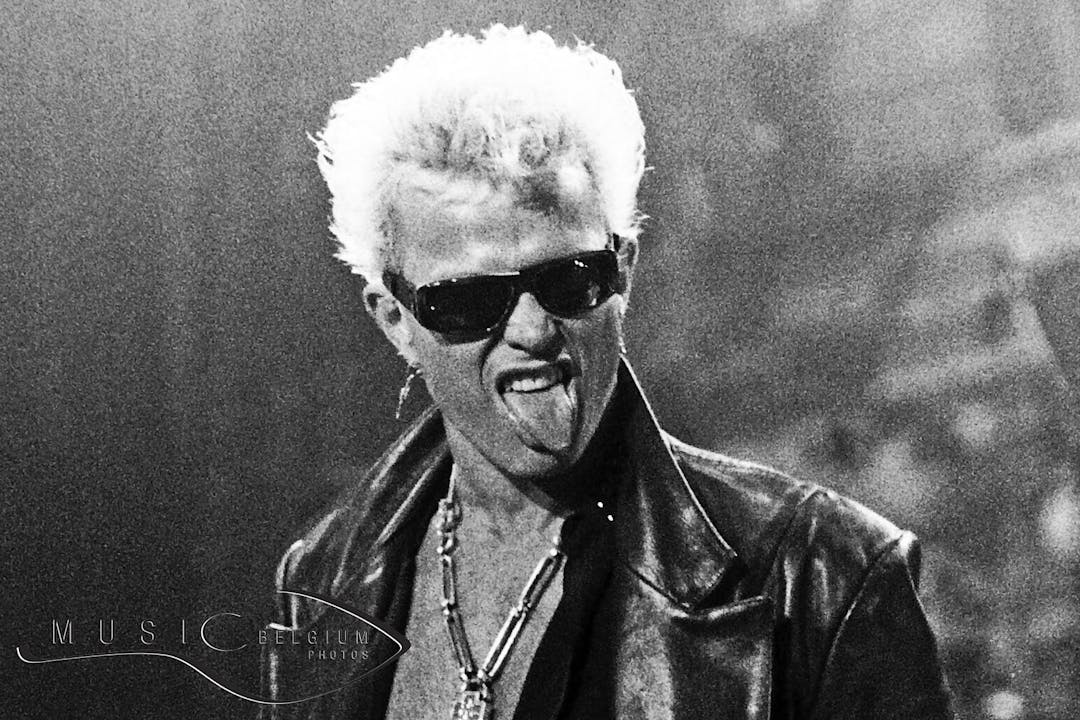
Born on November 30: Billy Idol, the (kind) rebel of Generation X
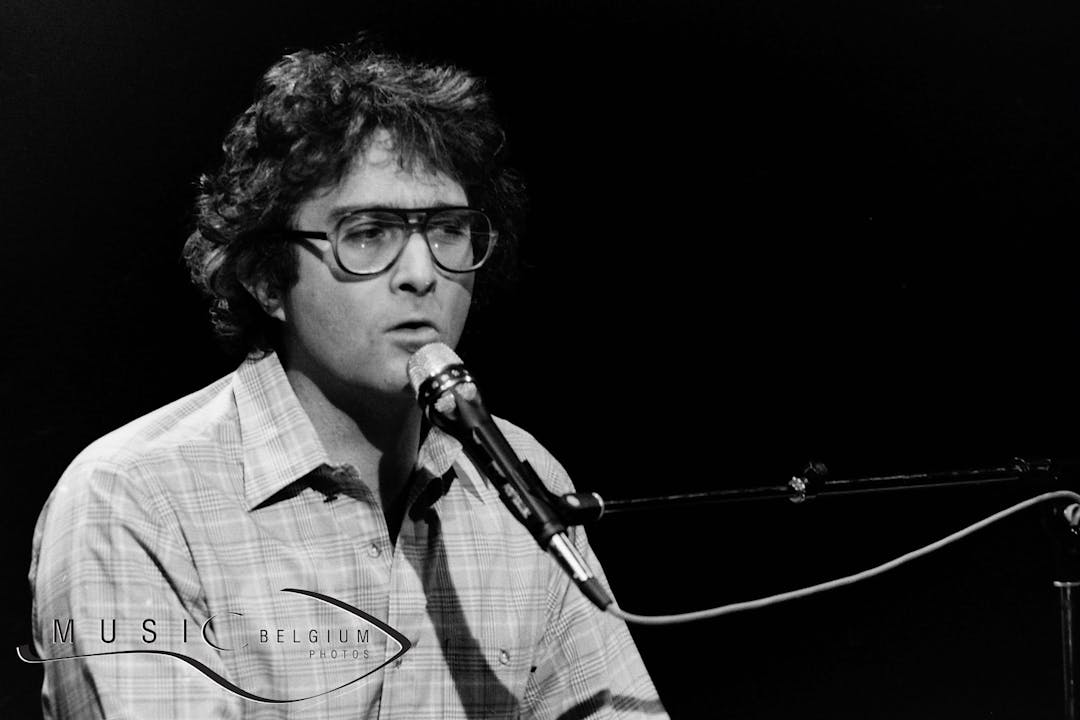
Born on November 28: Randy Newman tells stories and makes movies
Quick links